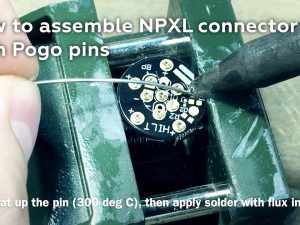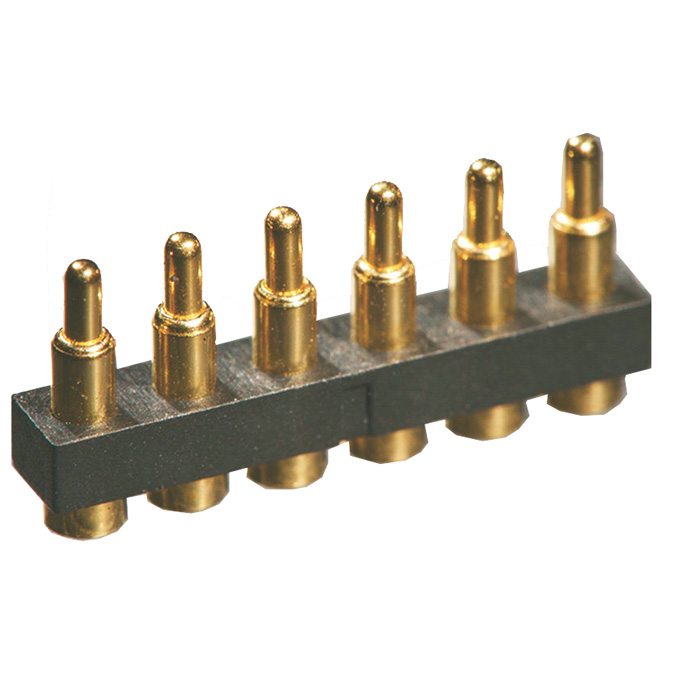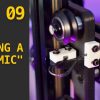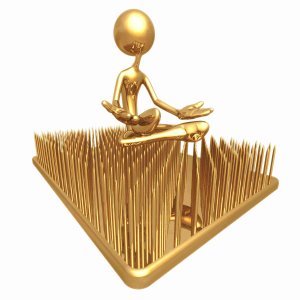
Bed of Nails aka; testbed, pogobed
To assemble and test, flash program, inspect, transfer signals or take measurements to/from PCBs you’ll need to make temporary electrical contact to the many test pads or connectors on your boards!
Spring Loaded Test Probe are commonly mounted in a fixture or jig which is generally referred to as a “bed of nails” test fixture. Bed of nails testing has been utilized for decades for bareboard, assembled board, and functional testing.
Every product that comes out of production is tested on some level to make sure it works. Verification of the component placement, orientation, output voltages, and data communication is necessary.
For small boards with only a few test points, it doesn’t take much to create a fixture to provide a temporary electrical connection. However, crudely conceived and hacked together test jigs often break or wear out prematurely.
As the quantity of test probes increases, it becomes important that the test jig be reliable, ergonomic, and fast!
Most fixtures have a mechanical advantage built in such that the test pins can be compressed downward in a linear fashion, while keeping the unit under test as flat as possible. Most contemporary PCB test probes are set up with .250” probe travel, and are compressed to 2/3rds of that (approx .167”) to create a good, repeatable electrical contact to a board under test.
Once installed in the test fixture, pogo pins can be wired to an interface or directly to instruments. They can also be soldered, or make spring loaded contact to, an interface PCB that connects to instruments in some way. The interface PCB may also include additional test circuitry.
To align the Unit Under Test (UUT) to the bed of nails test fixture, alignment or “tooling” pins are used, typically at opposing corners of the PCB to properly register the probes to the test targets.
Each test fixture is generally custom-designed, and “dedicated” for one product! Once the product becomes obsolete, the fixture is generally disposed of via recycling. Some bed of nails fixtures can be re-purposed, if proper attention is paid during the design and manufacturing stages. If the fixture is in use for a long period, or for high volume manufacturing, it will likely need the spring probes replaced periodically, along with other maintenance.



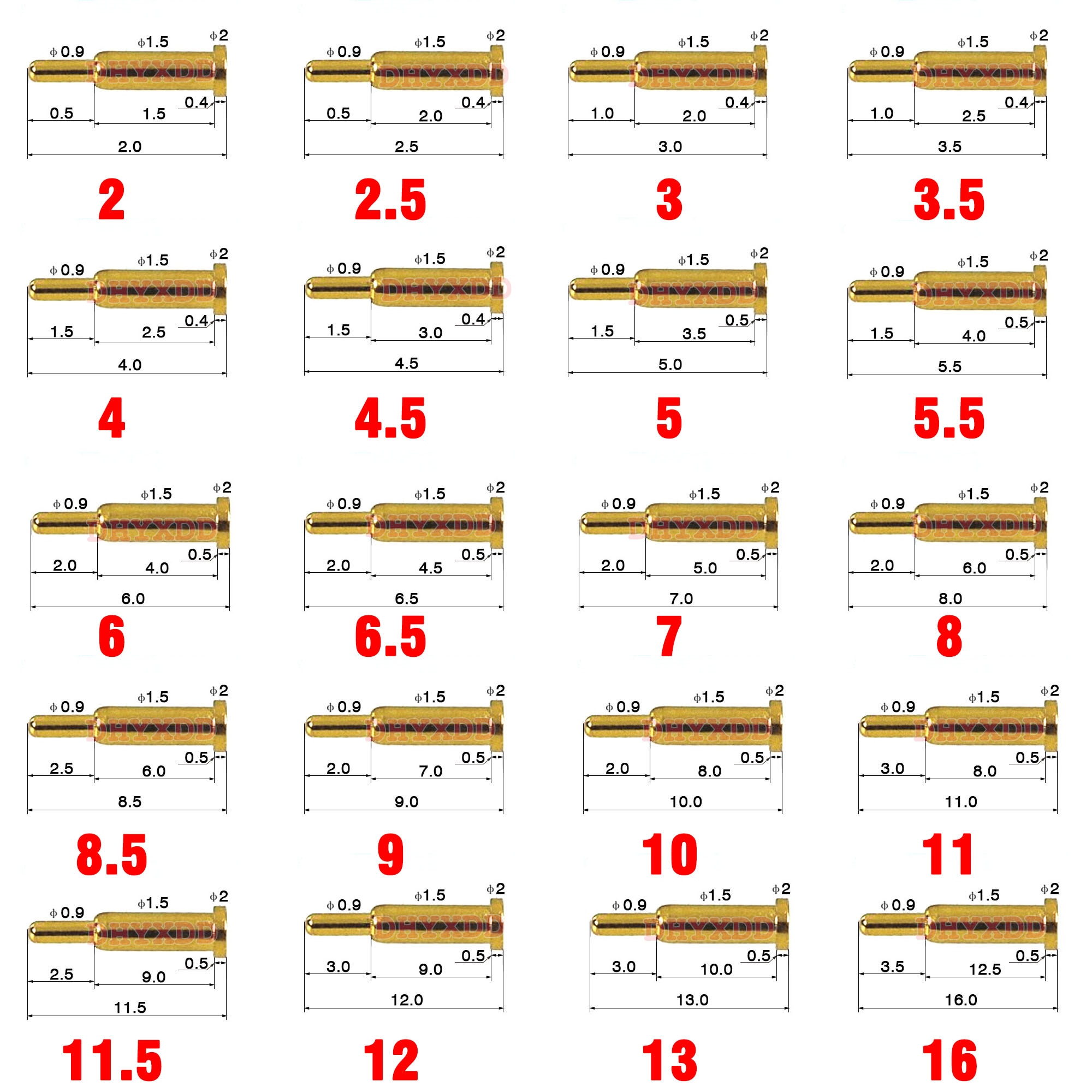 1pcs 3.0mm Pitch SMT DIP ...
1pcs 3.0mm Pitch SMT DIP ... 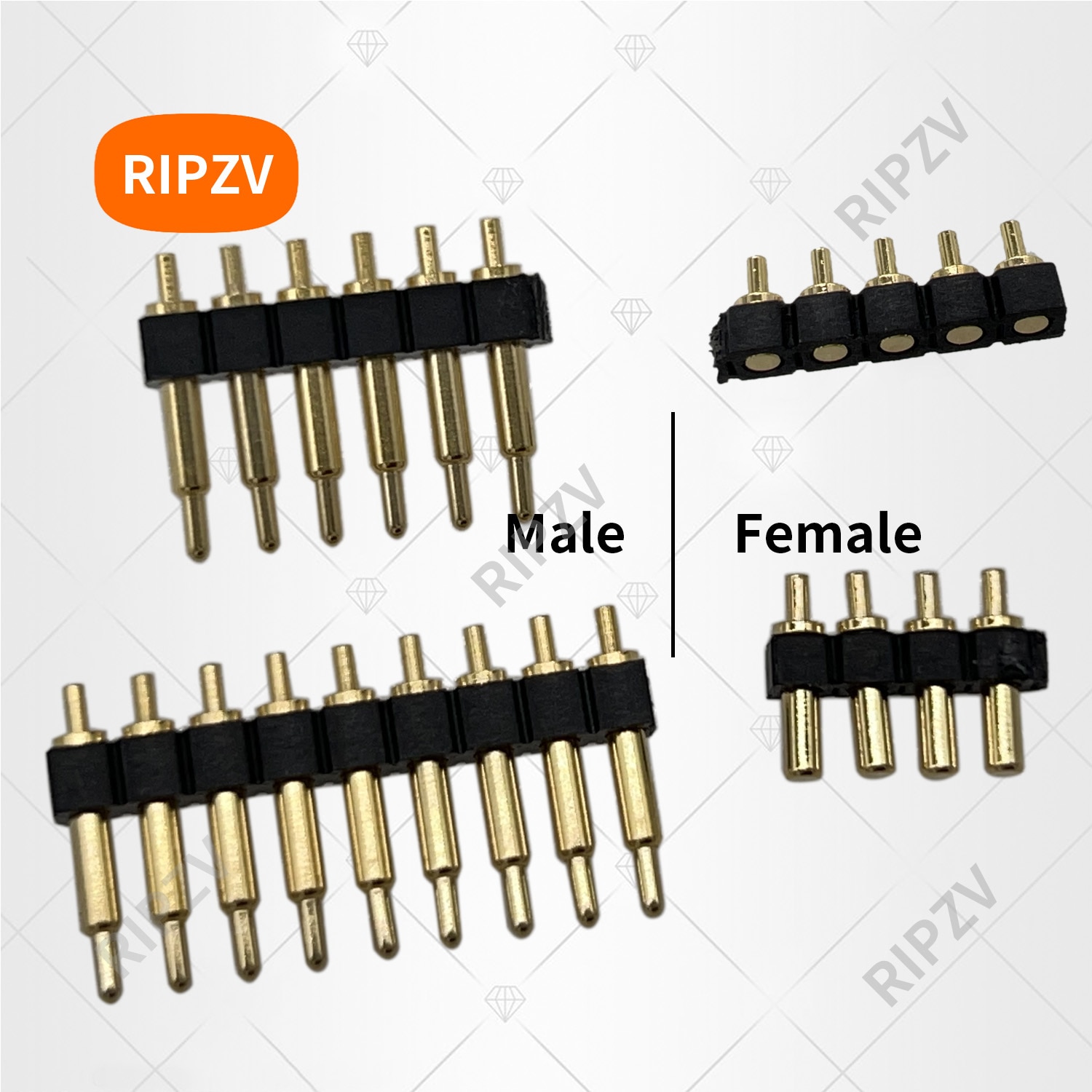 1pcs Male / Female Spring...
1pcs Male / Female Spring... 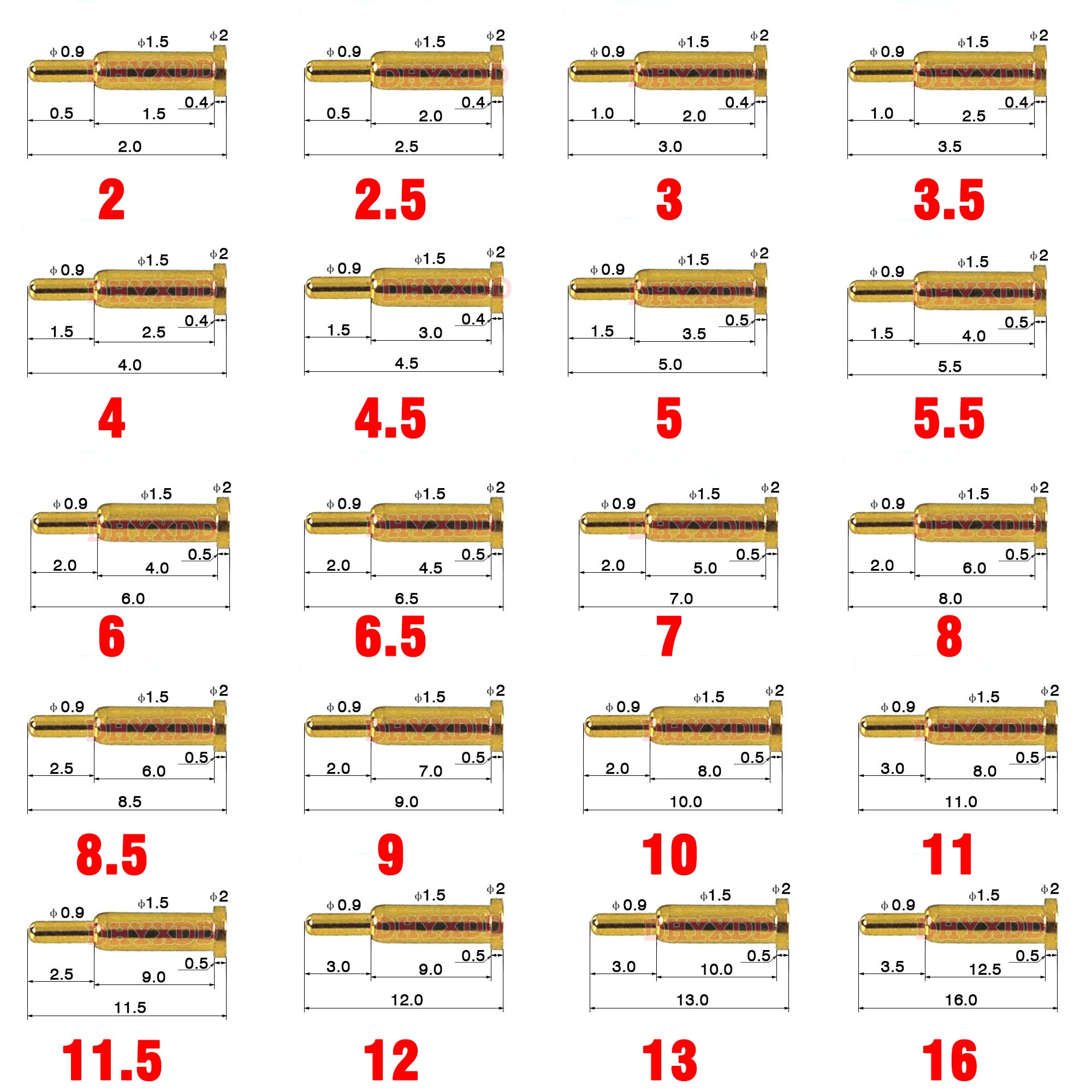 5Pcs Pogo Pin Connector P...
5Pcs Pogo Pin Connector P... 